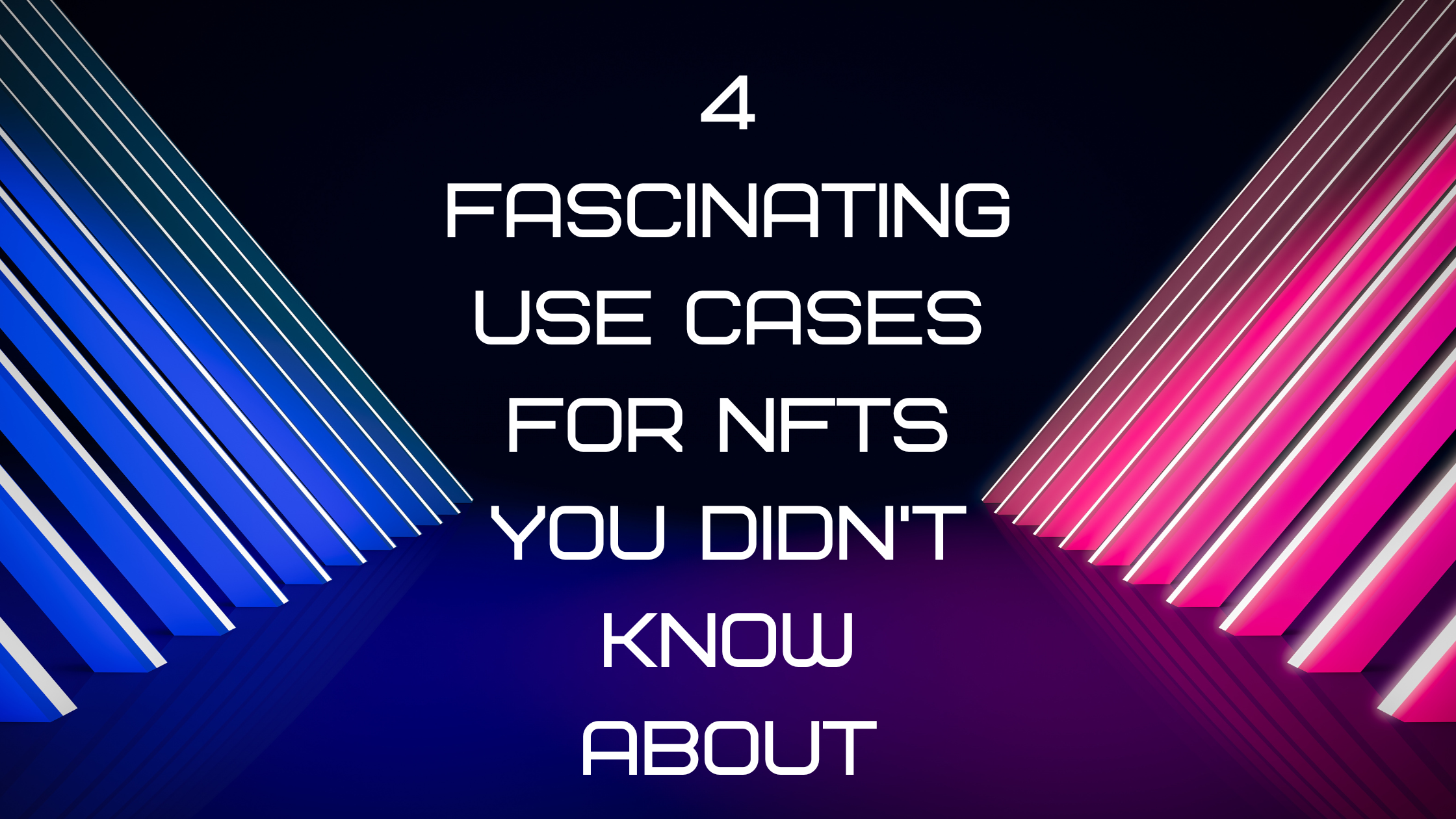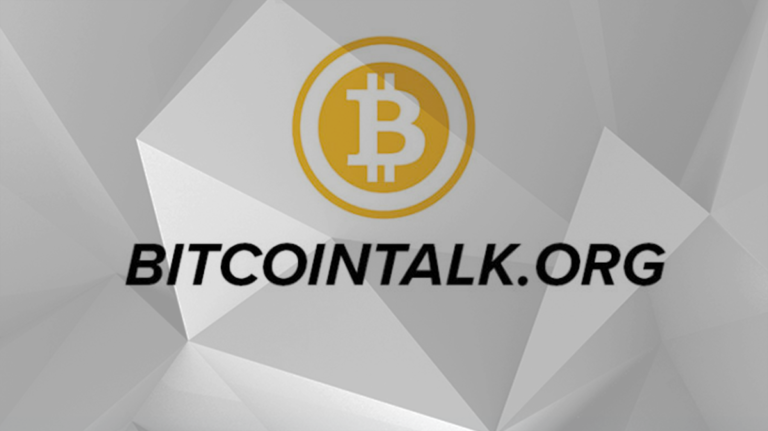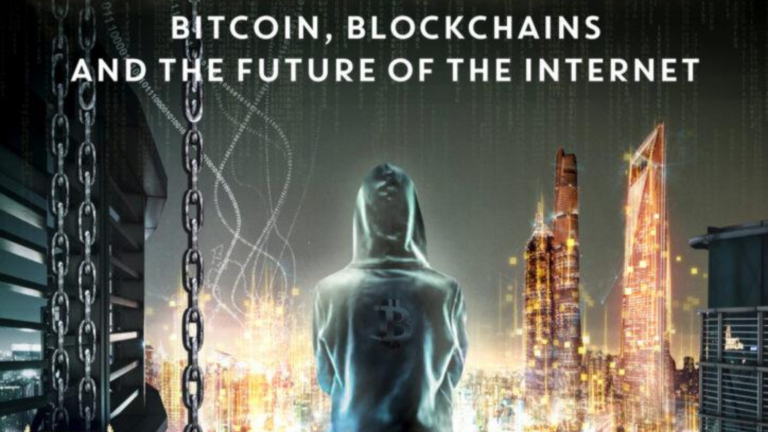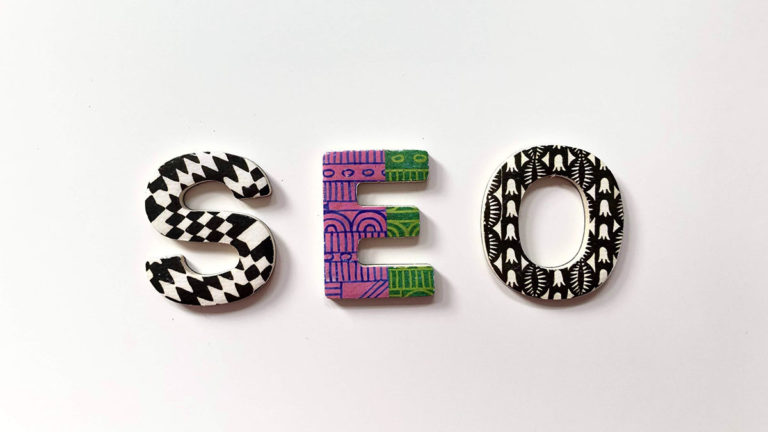
Journey along Crypto Twitter, if you will, and look up the hashtag #NFT. Depending on which time of day, you’ll find all kinds of different opinions on this marvelous piece of blockchain technology but they’ll all have a similar thread running through them. That is, they’re either talking about art NFTs or gaming NFTs.
Cradles: Origin of Species is an upcoming blockchain RPG. But their version of non-fungible tokens will be using the new EIP-3664 NFT protocol, which we’ve talked about before – bringing gaming as a sector into an entirely new possibility that has never been achieved before by introducing entropy-increasing metaverse environments as well as a unique type of customizable component NFTs that their Dragontar Club is already showcasing for the very first time.
But did you know that NFTs aren’t only just about art and collectibles, or gaming tokens spawning across the so-called P2E sector? NFTs, at its most basic token function, are really just digital tokens that can be applied to any virtual or real-world assets. NFTs are a new means of digitalizing assets, so to speak, allowing one to easily monetize intellectual property while verifying the authenticity of their linked physical assets online.
In fact, long before crypto art and collectibles pushed NFTs into the spotlight, NFTs had already made groundbreaking history with unique use cases in the real world – proving to be useful solutions for problems that people had before they were able to digitalize assets.
Here are 4 Use Cases for NFTs you probably didn’t know about:
- Logistics NFTs
One of blockchain’s most recognised characteristics, at least on a public blockchain like Ethereum or BSC, is its immutability and transparency. This is especially useful in logistics and supply chain, an industry fraught with opaque systems that make it very difficult to trace movement of goods while being certain that the data giving this information isn’t being tampered with. This is especially crucial with essential commodities and perishable goods that tell you all the details related to them like source or origin, and their shelf life. Using an NFT would help ensure the supply chain data is authentic and tamper-proof, while allowing them to represent millions upon millions of unique items moving across the world every day.
Amazon is already using blockchain for supply chain systems for Track and Trace – will they be hopping on logistics NFTs?
- Finance NFTs
Anyone who’s been in crypto for the past two or three years would certainly have heard of decentralized finance or DeFi, any type of financial service or product that is operated on decentralized systems without the need of intermediaries. Using NFTs in DeFi would provide unique financial abilities to assets, increasing their value through additional utility.
For example, NFTfi allows people to use their existing art NFTs as collateral to obtain crypto loans, which they can then use to participate in token liquidity pools, or staking pools, creating new and secondary markets for NFTs, without just relying on buying and selling them.
There are a lot more to explore. Some startups are already trying to program investment contracts and interest-bearing functions into NFTs. Imagine if you could combine different combinations of fungible and non-fungible financial aspects into an NFT? Well, that’s what the EIP-3664 protocol aims to do!
- Real estate NFTs
One of the first popularized use cases for NFTs are actually in real estate – solving a problem that has always existed in the industry, particularly with high-value property or land. Imagine, for example, a high-rise building of 100 floors, you’d have to either find a single buyer who’s very wealthy, or many different buyers – a complex sale in the real world. But NFTs could be used in this case to split up every inch of the building, possibly even allowing you to crowdsale the building to thousands or tens of thousands of buyers, while giving each of these an authenticated, verifiable certificate of ownership via NFTs.
NFTs would ensure original owners and producers can be identified, while more complex smart contracts could even ensure these NFTs execute mortgage, rental, or sales payments correctly. Companies like Propy have already sold the first property using NFTs.
- Identification NFTs
The non-fungible aspect of NFTs seem to be a natural fit for matter of personal identity management. Each NFT could contain unique information that you would normally find on documentation or identification materials like a passport or national ID. These types of NFTs could even be used to record educational degrees, learning certificates, medical records, licenses and qualifications. On a permissioned blockchain, this would remove the age-old problem of identification: forgery. While forged documents today are easily produced and inserted into a hacked database, a forged NFT would be a lot more difficult to produce as you’d also need to change the information on the blockchain.
Of course, this may still be some distance from realizing due to the legal implications in the age of privacy protection, but NFTs could certainly be a huge technological leap forward. Companies like AIKON already use blockchain technology in a CCA-compliant format for identification. Could NFTs be next on the agenda?
To conclude, for NFTs to really go mainstream in use cases outside of art and games, they will need to improve on the current protocol standards used today, which are severely limited in the amount of information they can contain. With the new NFT protocol proposed by DRepublic, the dev team behind Cradles:Origin of Species, tokens can be combined and can use more complex smart contract functions that will help push these use cases into mainstream utility.






